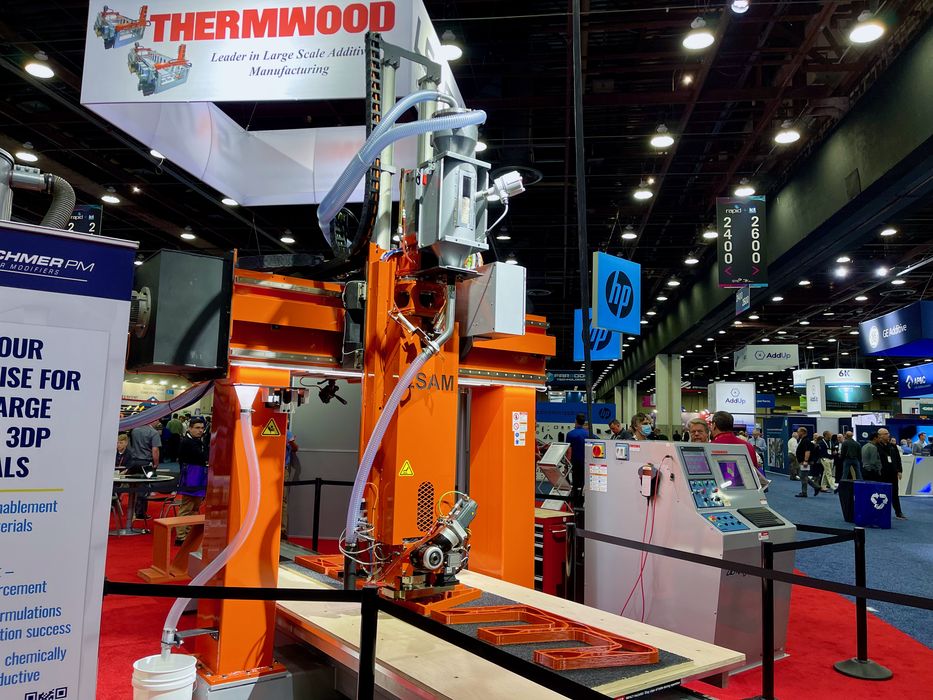
If you’re looking for a truly large scale 3D printer, look no further than Thermwood.
The Indiana-based company is a long-time producer of three and five axis CNC machines for industry, and apparently was the first to make one in the 1970s. In recent years they’ve expanded their product line to include 3D printers.
Their enormous 3D printers use “LSAM” technology. LSAM stands for “Large Scale Additive Manufacturing”, and they’re not kidding at all. Their LSAM equipment is available in custom build areas ranging from 3 x 6 m all the way to 3 x 30 m, perhaps the biggest dimension seen in any 3D printer spec sheets.
While the LSAM process prints polymers, the process is a bit different from typical polymer 3D printers, mostly due to the huge scale of printing.
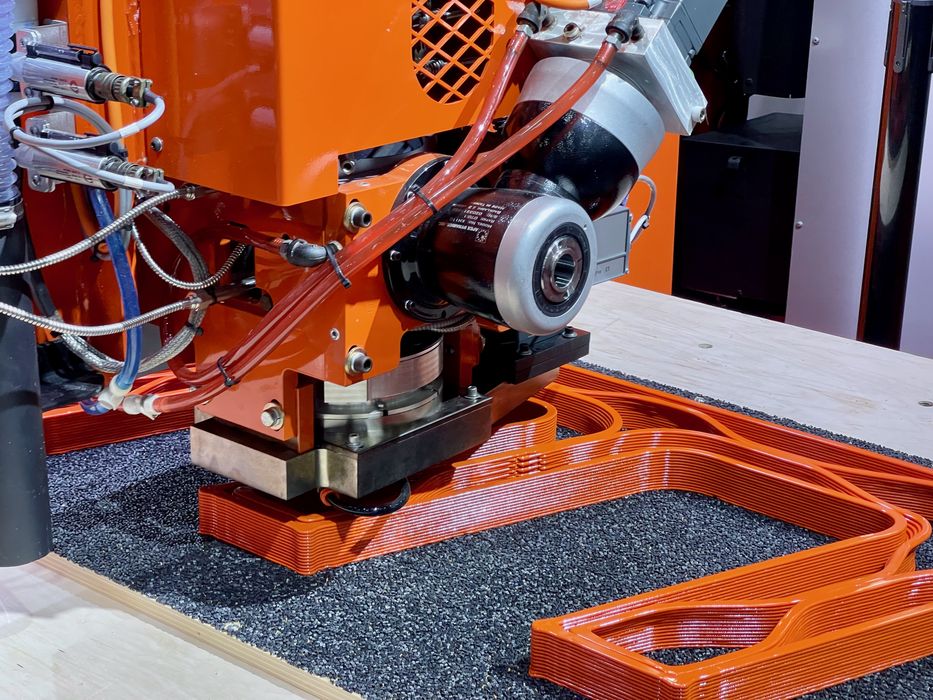
Like FFF 3D printers, LSAM deposits a bead of material on a build platform. Of course, the bead is massively larger than seen on desktop 3D printers, but the principles are the same. However, Thermwood recognizes that the game here is all about cooling due to the large volumes of material involved. They say that the print speed is determined by the cooling rate, which can vary by geometry and material.
The interesting part is that after a layer is printed, the LSAM process invokes a “compression wheel”, which rolls over the layer, squashing it down to perfect height. This also ensures strong inter-layer bonding and ensures the resulting parts are void-free. Some excess material can be produced during this process, and it is trimmed off by the machine.
Thermwood has taken multiple steps to account for the effects of the massive scale. For example, the motion system, which can be extraordinarily long, is monitored by laser alignment. This is a feature you’d never see — or need — on a desktop 3D printer.
Another unique feature is the “Bead Board”, a specially designed print surface that allows proper cooling and adhesion of the print. Thermwood said this approach eliminates warping, which would obviously be a serious concern at these dimensions.
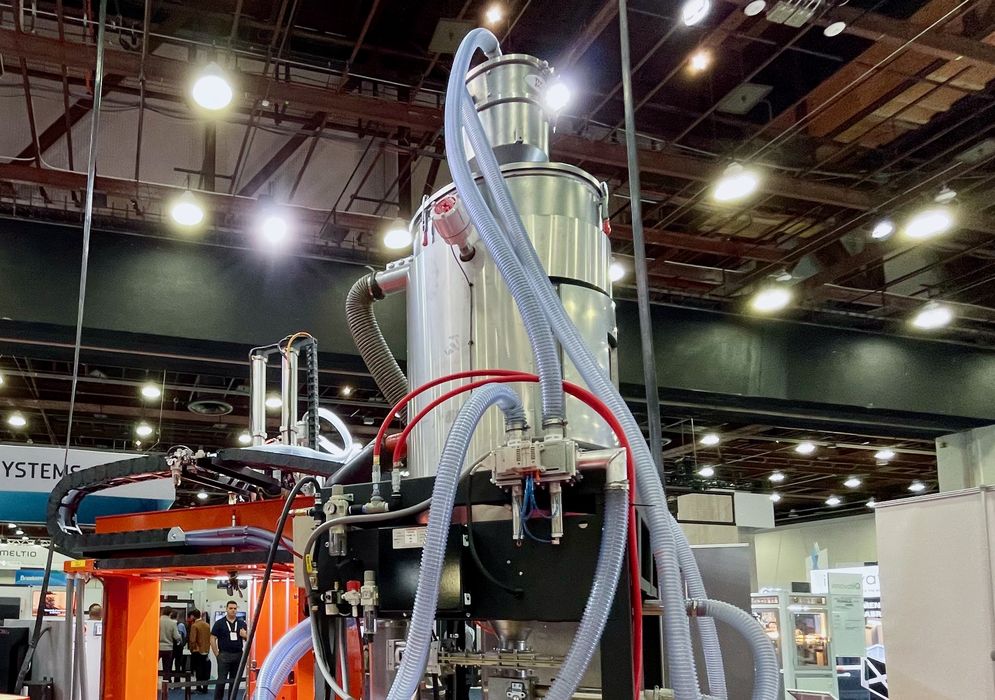
The extrusion system on the LSAM equipment is also unique. Typical 3D printer deposition systems can deposit perhaps half a kg per day, but at that rate the large parts produced in Thermwood’s build volume would take forever. Instead Thermwood has designed a patented extrusion system that is specifically for large scale use.
As you might suspect, the Thermwood extrusion system uses pellets, which are far more economical at this scale than filament. However, even traditional plastic extrusion systems are not usable, so Thermwood’s own design is able to handle material flow far more consistently, as it involves both an extruder screw and a polymer melt pump.
This system is able to deliver an astonishing 230kg of material per hour — note that’s per hour, not per day. With that delivery rate, LSAM is able to print massive polymer objects in only a day.
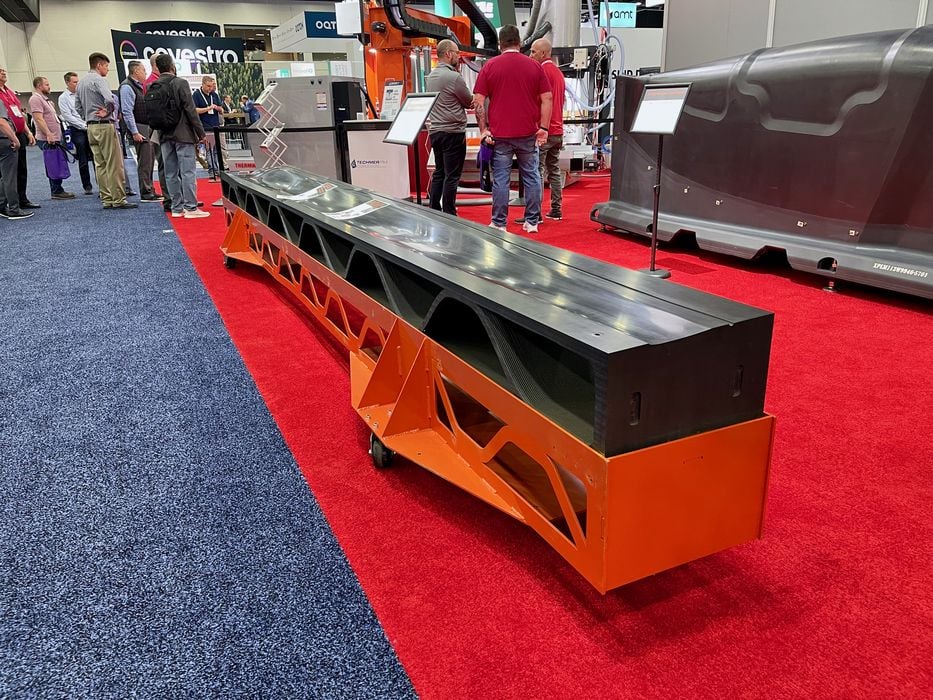
As such the LSAM systems are intended for industrial production, where they can produce huge beams like this one, job after job.
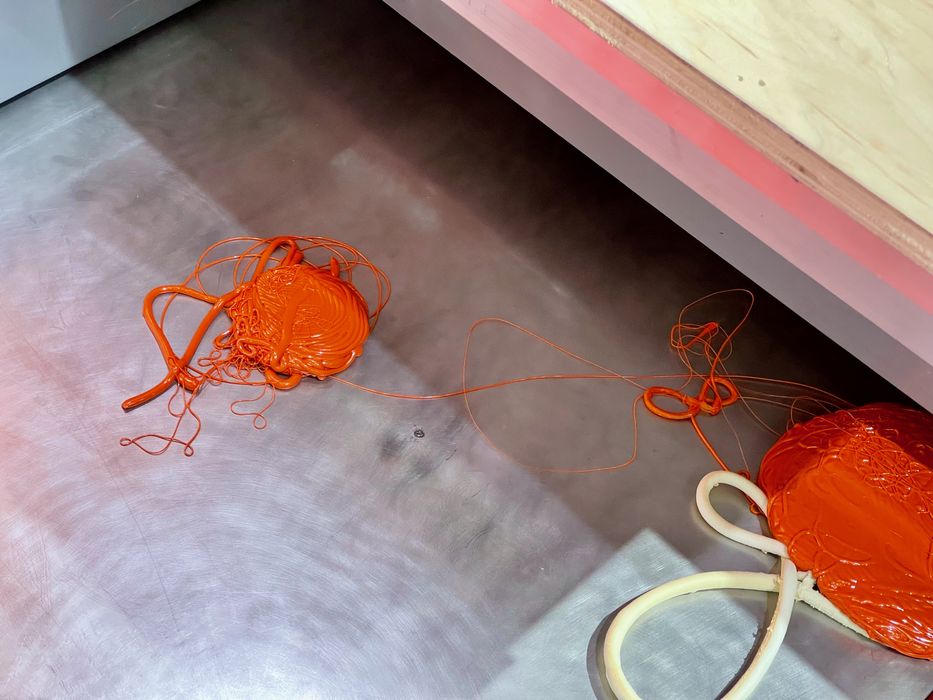
Running a high volume extrusion system like this has an interesting side effect. Every FFF 3D printer produces slops of material that ooze out of the nozzle when idle, and the LSAM process is similar — except the drizzles end up the size of a pizza.
The LSAM process is quite different from other large scale 3D printing processes, which mostly evolved from FFF styles with modifications. Instead, Thermwood has developed a unique process that is extremely scalable for industry.
Via Thermwood
